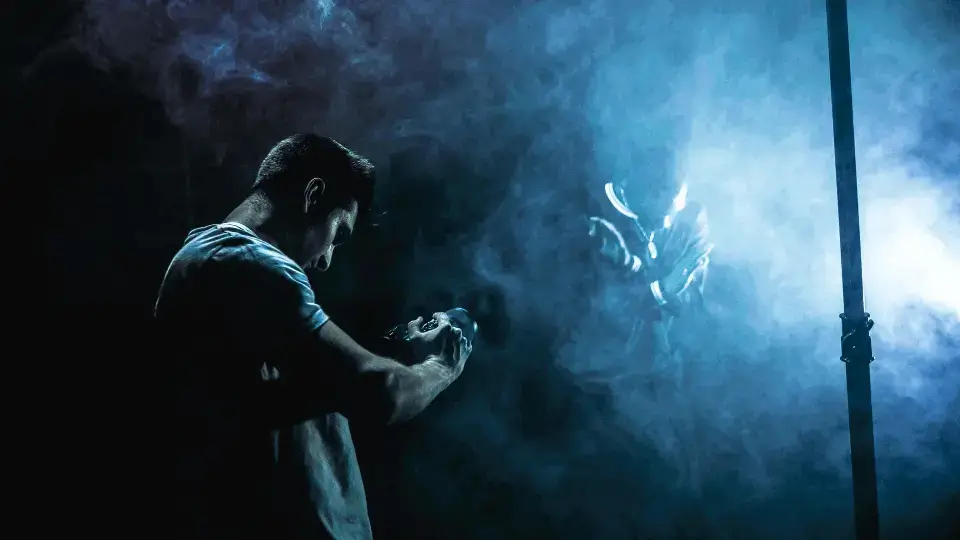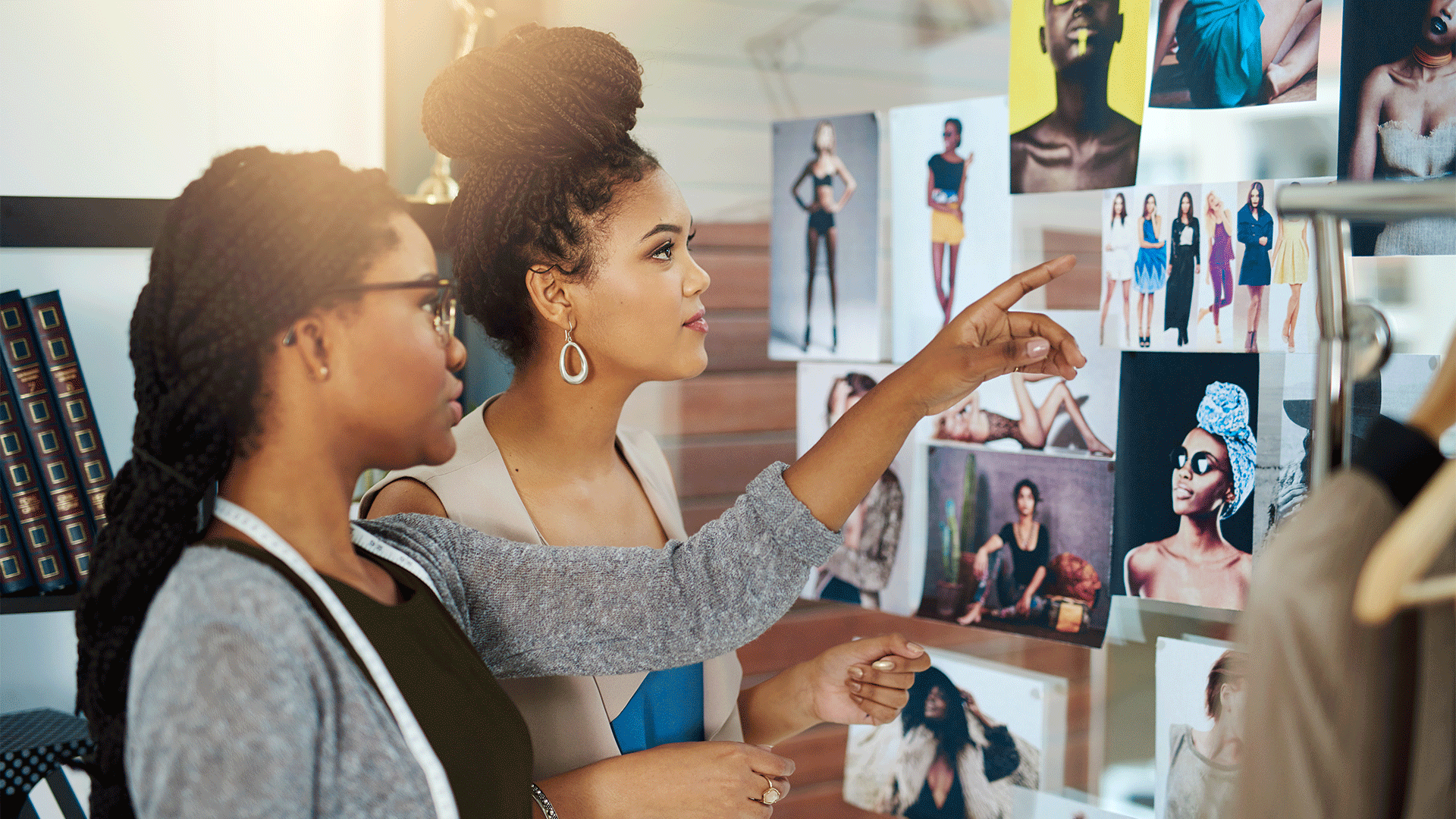Mastering Blade Runner Cinematography for Success in the Industry
The 1982 film Blade Runner is a classic in the world of science fiction, known for its unique visual style and groundbreaking cinematography. The film’s cinematographer, Jordan Cronenweth, created a distinct look that has inspired filmmakers for decades. In this article, we’ll take a closer look at Blade Runner cinematography and explore how it has influenced the film industry.
What is Blade Runner Cinematography?
Blade Runner cinematography is a style of filmmaking that was popularized by the 1982 film Blade Runner. The film’s cinematographer, Jordan Cronenweth, used a combination of techniques to create a unique look that has become synonymous with the film. The style is characterized by its use of low-key lighting, neon colors, and heavy shadows. The result is a dark, moody atmosphere that perfectly captures the film’s dystopian setting.
One of the most notable aspects of Blade Runner cinematography is its use of practical effects. Rather than relying on CGI, Cronenweth used physical models and miniatures to create the film’s futuristic cityscape. This approach gave the film a tangible, lived-in feel that has aged remarkably well. Even today, Blade Runner’s visual effects hold up against modern standards.
How Blade Runner Cinematography Has Influenced the Film Industry
Blade Runner cinematography has had a significant impact on the film industry. Many filmmakers have been inspired by the film’s unique look and have tried to emulate it in their own work. The use of practical effects has become increasingly popular in recent years, with filmmakers like Christopher Nolan and Denis Villeneuve following in Cronenweth’s footsteps.
The influence of Blade Runner cinematography can be seen in a variety of films, from the gritty, neon-lit streets of Dredd to the sprawling, futuristic cityscapes of Alita: Battle Angel. The style has even made its way into television, with shows like Black Mirror and Westworld drawing inspiration from Blade Runner’s moody atmosphere.
How to Achieve Blade Runner Cinematography in Your Own Work
If you’re interested in achieving Blade Runner cinematography in your own work, there are a few key techniques to keep in mind. First and foremost, lighting is crucial. Low-key lighting, which emphasizes shadows and contrast, is a hallmark of the style. Neon colors are also a key element, so consider incorporating bright pinks, blues, and greens into your sets and costumes.
Practical effects are also important. Rather than relying on CGI, try using physical models and miniatures to create your own futuristic cityscapes. This approach will give your work a tactile, grounded feel that is often lacking in digital effects.
Key Takeaways
Blade Runner cinematography is a style of filmmaking that has had a significant impact on the film industry. The style is characterized by its use of low-key lighting, neon colors, and practical effects. Filmmakers like Christopher Nolan and Denis Villeneuve have been inspired by Blade Runner’s unique look, and the style has influenced a variety of films and television shows.
If you’re interested in pursuing a career in film, consider taking the NYU Film and TV Industry Essentials online course and certificate program. This program will provide you with the skills and knowledge you need to succeed in the industry, including a deep understanding of cinematography and visual effects. By mastering these techniques, you’ll be on your way to creating your own Blade Runner-inspired masterpieces.








